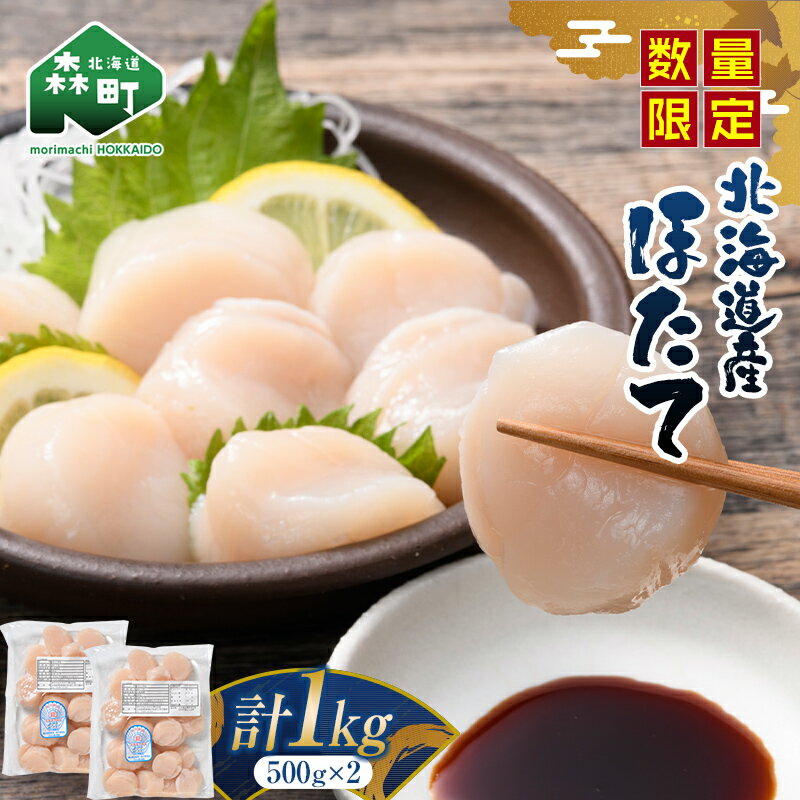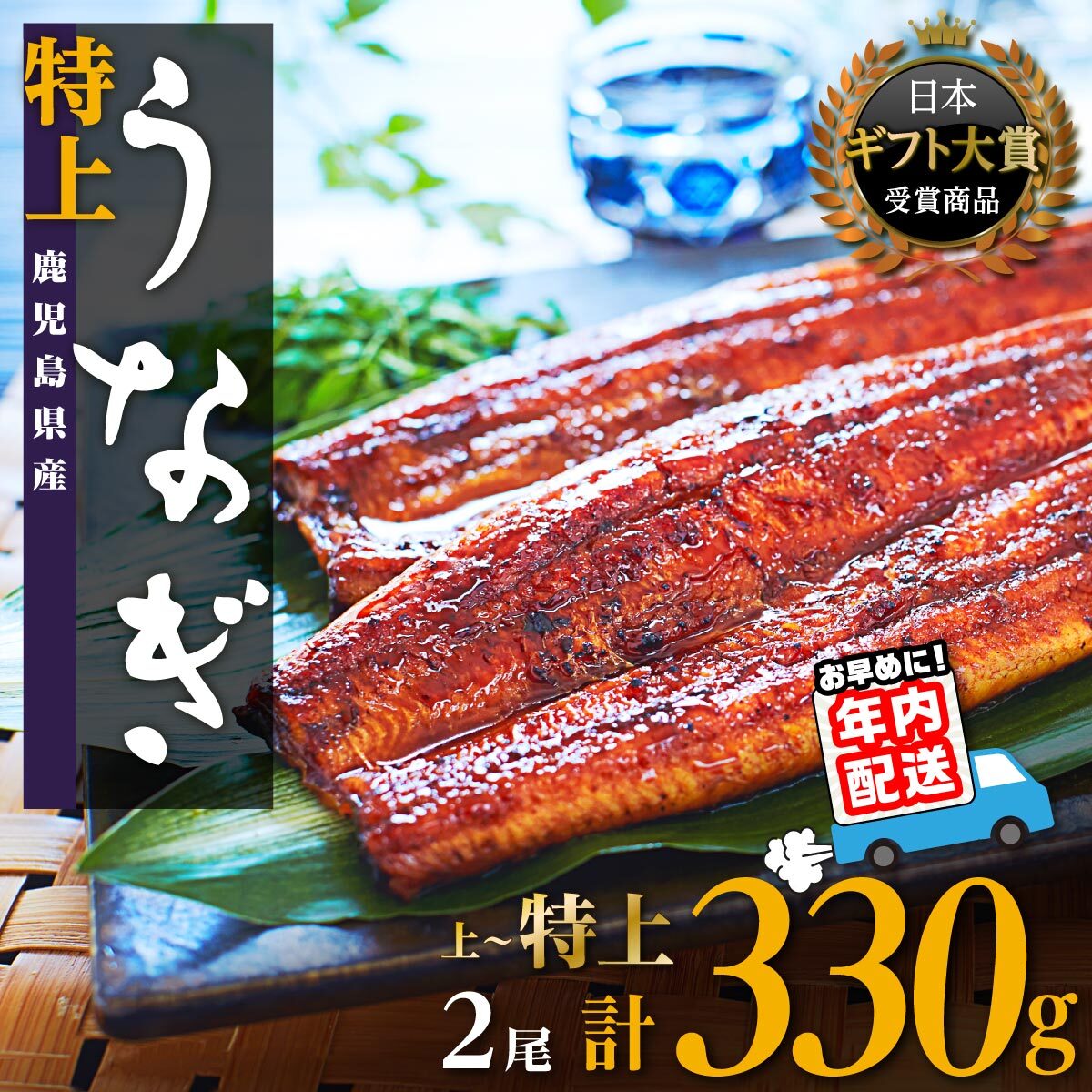論文No3658
Dupilumab leads to better-controlled asthma and quality of life in children: the VOYAGE study
Alessandro G. Fiocchi, Wanda Phipatanakul, Robert S. Zeiger, Sandy R. Durrani, Jeremy Cole, Jérôme Msihid, Rebecca Gall, Juby A. Jacob-Nara, Yamo Deniz, Paul J. Rowe, David J. Lederer, Megan Hardin, Yi Zhang, Asif H. Khan
European Respiratory Journal 62 (5) 2300558; DOI: 10.1183/13993003.00558-2023 Published 2 November 2023
<背景>
デュピルマブは、コントロール不良の小児喘息において長期にわたる治療効果を示している。
小児およびその介護者における喘息コントロールおよび健康関連QOL(HRQoL)に対する
デュピルマブの影響をより詳細に評価した。
<方法>
VOYAGE試験において、コントロール不良の中等度から重症の2型喘息
(ベースラインの血中好酸球150cells-μL-1以上または呼気一酸化窒素分画20ppb以上;n=350)を
有する6~11歳の小児にデュピルマブまたはプラセボを52週間投与した。
これらの解析の主要アウトカムは、喘息コントロール(Asthma Control Questionnaire 7 Interviewer-Administered (ACQ-7-IA)のベースラインからの変化および臨床的に意味のある0.5ポイント以上の反応)、
喘息が良好にコントロールされた患者の割合(ACQ-7-IA≦0. 75点);
患者(標準化小児喘息QOL質問票(PAQLQ(S)-IA)および介護者(小児喘息介護者QOL質問票(PACQLQ))に対する効果) HRQoL;
およびアレルギー性鼻炎関連QoL。
<結果>
デュピルマブはプラセボと比較して、4週目までに小児のACQ-7-IAスコアを有意に改善し、
52週目まで持続的に改善した(52週目の最小二乗平均差: -p<0.0001);
臨床的に意義のある反応を達成した割合が高かった(52週:86%対75%;p=0.0051)。
24週目および52週目において、デュピルマブ投与群ではより多くの小児で喘息が良好にコントロールされた
(ACQ-7-IA 0.75点以下: それぞれ61%対43%;p=0.0001および70%対46%;p<0.0001)。
PAQLQ(S)-IAおよびPACQLQスコアの有意な改善は52週目までに観察された。
<結論>
中等度から重度の2型喘息を有する6~11歳の小児において、デュピルマブ投与は喘息コントロールの迅速かつ持続的な改善と関連した。HRQoLは小児およびその介護者において有意に改善した。
Background Dupilumab has shown long-term treatment benefits in children with uncontrolled asthma. We assessed in more detail the impact of dupilumab on asthma control and health-related quality of life (HRQoL) in children and their caregivers.
Methods Children aged 6–11 years with uncontrolled moderate-to-severe type 2 asthma (baseline blood eosinophils ≥150 cells·µL−1 or fractional exhaled nitric oxide ≥20 ppb; n=350) were treated with dupilumab or placebo for 52 weeks in the VOYAGE study. Primary outcomes of these analyses were asthma control (change from baseline in Asthma Control Questionnaire 7 Interviewer-Administered (ACQ-7-IA) and achieving a clinically meaningful response of ≥0.5 points); proportion of patients achieving well-controlled asthma or better (ACQ-7-IA ≤0.75 points); effect on patients’ (Standardised Paediatric Asthma Quality of Life Questionnaire Interviewer-Administered (PAQLQ(S)-IA)) and caregivers’ (Paediatric Asthma Caregiver's Quality of Life Questionnaire (PACQLQ)) HRQoL; and allergic rhinitis-related QoL.
Results Dupilumab versus placebo significantly improved children's ACQ-7-IA scores by week 4 with sustained improvements through week 52 (least squares mean difference at week 52: −0.44, 95% CI −0.59– −0.30; p<0.0001); a higher proportion achieved a clinically meaningful response (week 52: 86% versus 75%; p=0.0051). At weeks 24 and 52, more children who received dupilumab achieved well-controlled asthma (ACQ-7-IA ≤0.75 points: 61% versus 43%; p=0.0001 and 70% versus 46%; p<0.0001, respectively). Significant improvements in PAQLQ(S)-IA and PACQLQ scores were observed by week 52.
Conclusions In children aged 6–11 years with moderate-to-severe type 2 asthma, dupilumab treatment was associated with rapid, sustained improvements in asthma control. HRQoL was significantly improved for children and their caregivers.


